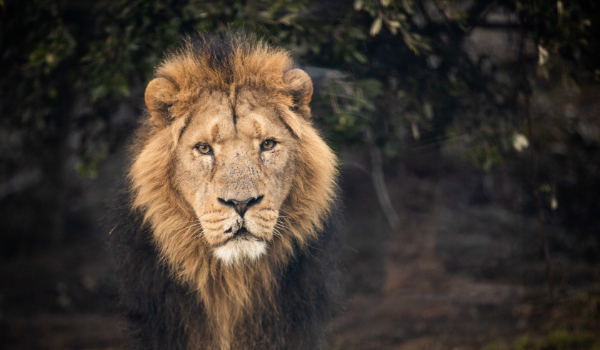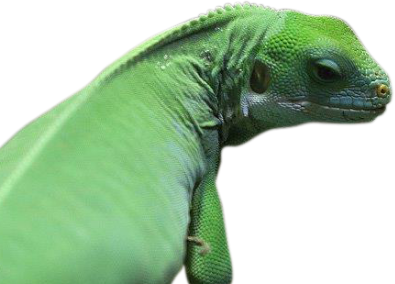Asiatic Lion
KEY FACTS
-
LATIN NAMEPanthera leo persica
-
BIOMEDry, deciduous forest & Tropical grasslands.
-
CLASSMammal
-
ORDERCarnivore
-
CONSERVATION STATUSEndangered
COME AND FIND ME AT..
The Asian Sanctuary

About the Asiatic Lion
The Asiatic Lion is a subspecies of the genus Panthera that split from African lions around 100,000 years ago. Since the turn of the 20th century, its range is restricted to Gir National Park and the surrounding areas in the Indian state of Gujarat. Hence, it is commonly referred to as the Indian or Gir lion. Asiatic Lions were once widespread from the Mediterranean to India and Iran, covering most of Southwest Asia, where it was also known as the Persian Lion. Similar to their African cousins, male Asiatic lions have a mane, although it is much shorter, darker and doesn’t cover their ears. Mating is not seasonal and takes place all year round. Male Asiatic lions reach sexual maturity at around five years old while female Asian lions reach sexual maturity earlier at around 4 years of age. The gestation period lasts for between 112– 119 days after which 1 – 5 cubs are born. Intervals between births can be 18 – 26 months.
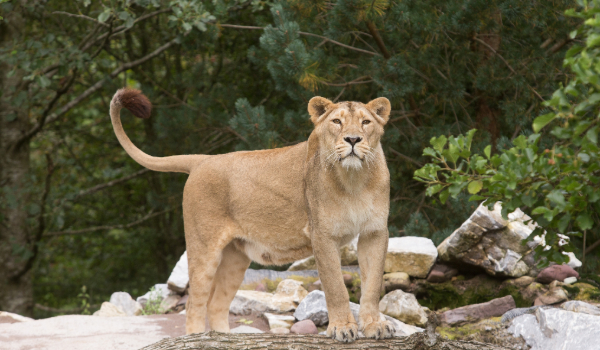
Habitat
The majestic Asiatic lion once roamed across the Middle East and Asia, from Greece to Bangladesh, However, by the early 1900s the species had been hunted to the brink of extinction. Today, an estimated 674 Asiatic lions exist in the wild, living in the Indian state of Gujarat, Western India.
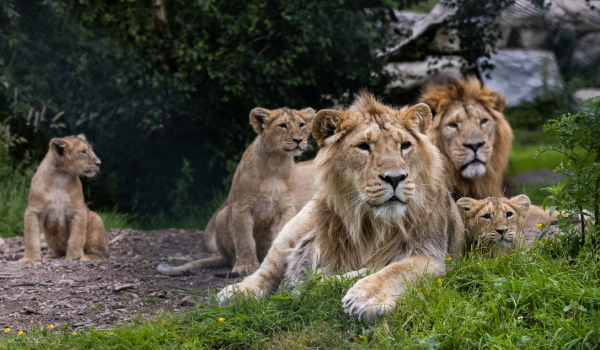
Wild Notes
Similar to most large cats, Asiatic lions are equipped with powerful retractable claws and long sharp canine teeth that are used to drag their prey to the ground. The Asiatic lion’s diet is made up of both large and small prey species such as deer, wild boar and antelope.
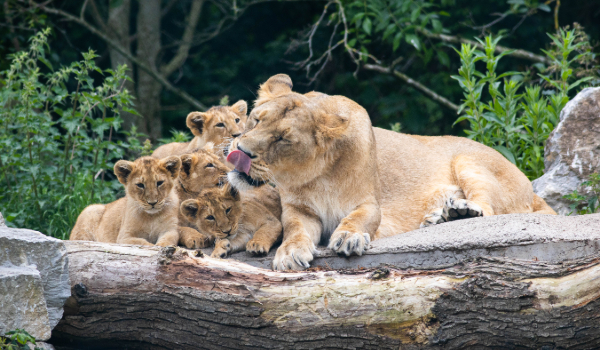
Conservation
Due to conservation initiatives, this small population is steadily increasing but the species is listed as Endangered by the International Union for Conservation of Nature (IUCN), as it is still vulnerable to many threats. Its limited distribution is a major cause for concern as a disease outbreak or a natural disaster could have drastic consequences for the species. The Gir Forest National Park and Sanctuary remains the stronghold for this species in the 21st Century and its protection is of paramount importance.
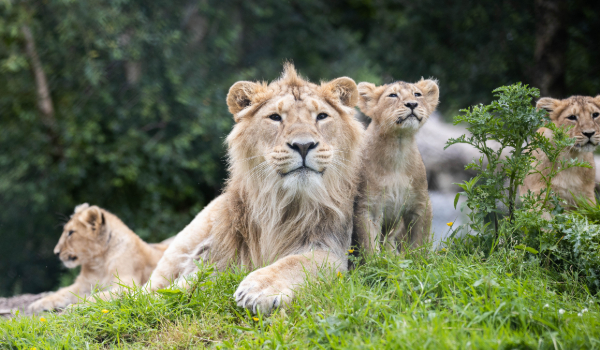
Did You Know?
Lions are the only cats that live in groups, called prides. Prides are family units that may include up to three males, a dozen or so females, and their young. All of a pride’s lionesses are related and female cubs typically stay with the group as they age. Young males eventually leave and may establish their own prides by taking over a group headed by another male.
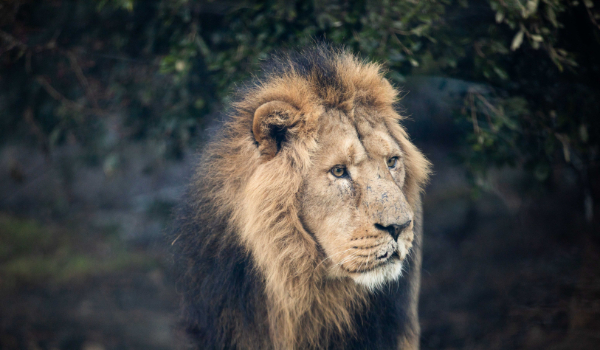
The Fota Connection.
The Asiatic Lion Habitat was officially opened in Fota Wildlife Park in 2016. Initially, two females (Gira & Gita) arrived on breeding loan from Helsinki Zoo in Finland and shortly after were joined by their perspective mate (Shanto) on loan from Santillana Zoo in Spain. The Asiatic Lions at the Wildlife Park are part of the European Endangered Species Breeding Programme (EEP) and two litters of lion cubs have been born in the park to-date.
